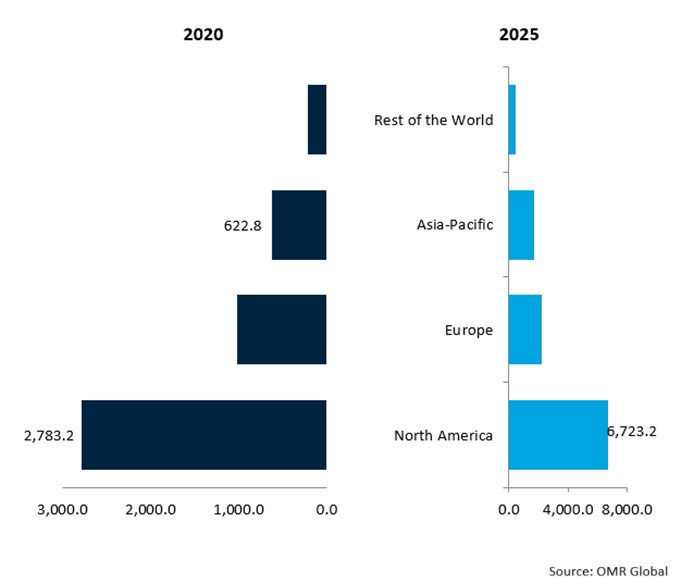The Growing Demand of Botulinum Toxin in Skin Therapeutics and Aesthetics
Global botulinum toxin market is projected to grow at a CAGR of 12.0% during the forecast period (2024-2032). The market growth is driven by rising consumer awareness, advancements in aesthetic medicine, a growing preference for minimally invasive procedures, and an expanding middle class with increased disposable income for cosmetic treatments. Botulinum toxin remains the most popular non-surgical procedure for both men and women across all age groups. According to the International Society of Aesthetic Plastic Surgery (ISAPS), 8.8 million botulinum toxin procedures were performed globally, in 2023, for cosmetic purposes, such as wrinkle reduction, botulinum toxin also has significant medical applications, including the treatment of migraines, hyperhidrosis (excessive sweating), and muscle spasticity.
The global botulinum toxin market is segmented by type and application. Based on type, the market is segmented into botulinum toxin A and botulinum toxin B. Based on application, the market is bifurcated into therapeutic and aesthetic. Based on region, the market is segmented into North America, Europe, Asia-Pacific, and the Rest of the World.
Botulinum Toxin B Is Anticipated to Grow at the Highest Rate during the Forecast Period
There are seven different serotypes of botulinum toxin, from A through G, however, only A and B are employed for cosmetic purposes. Botulinum toxin A held a major market share of 94.7% in 2020. However, Botulinum toxin B which held the market share of 5.3% in 2023, is projected to grow at the highest CAGR of 12.6% during the forecast period.
North America is estimated to hold the Largest Market Share during the Forecast Period
North- America holds the largest market share of the global botulinum toxin market, during the forecast period, owing to the increasing disposable income and the growing number of cosmetic procedures across the region. Additionally, the increasing number of FDA approvals enhances the acceptance and openness of botulinum toxin products in North America. According to the American Society of Plastic Surgeons (ASPS), in 2020, $16.7 billion was spent on cosmetic procedures in the US, and the region with the most cosmetic procedures performed in the US was the South Atlantic, with 3.8 million (25.0% of total procedures).
Global Botulinum Toxin Market Research and Analysis by Region, 2020 Vs 2025 ($ Billion)

North America held the highest market share of $6,723.2 billion in the botulinum toxin market by region. The North American market is anticipated to grow at a CAGR of 12.1%. Europe held the second-largest market during the forecast period. Asia-Pacific is estimated to grow at the highest CAGR of 14.5%, amounting to $4,407.3 billion in 2032.
The growth of the Asia-Pacific region is attributed to factors such as increasing demand for aesthetic procedures, a growing middle-aged population, rising disposable income, the emergence of medical tourism hubs, a favorable regulatory environment, and technological advancements. According to the ISAPS, Japan, India, and China are the leading countries in terms of the number of plastic surgeons, indicating a high demand for well-established medical infrastructure in these regions. South Korea, known for its advanced cosmetic surgery industry, has a significant number of plastic surgeons.
The global botulinum toxin market is competitive and is a highly regulated market. AbbVie Inc., Ipsen Pharma, Merz Pharma GmbH & Co. KGaA, Evolus Inc., and Hugel Inc. are the key market players operating in the global botulinum toxin market. The market players are investing in product innovation, new product launches, strategic partnerships & collaborations, and contracts to remain competitive. For instance, in August 2024, Crown Laboratories acquired Revance Therapeutics in a deal valued at $924 million. This acquisition will enable Crown to access Revance’s portfolio of aesthetic products, including Daxxify, which competes with AbbVie’s Botox. Daxxify is indicated for the treatment of frown lines and cervical dystonia.